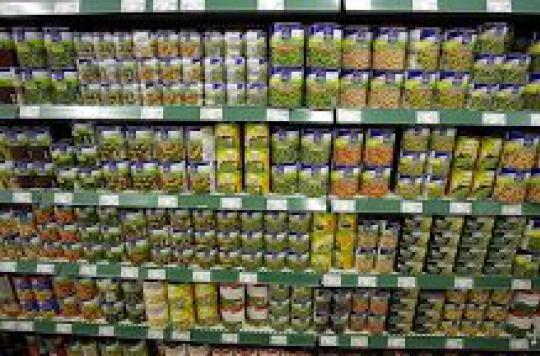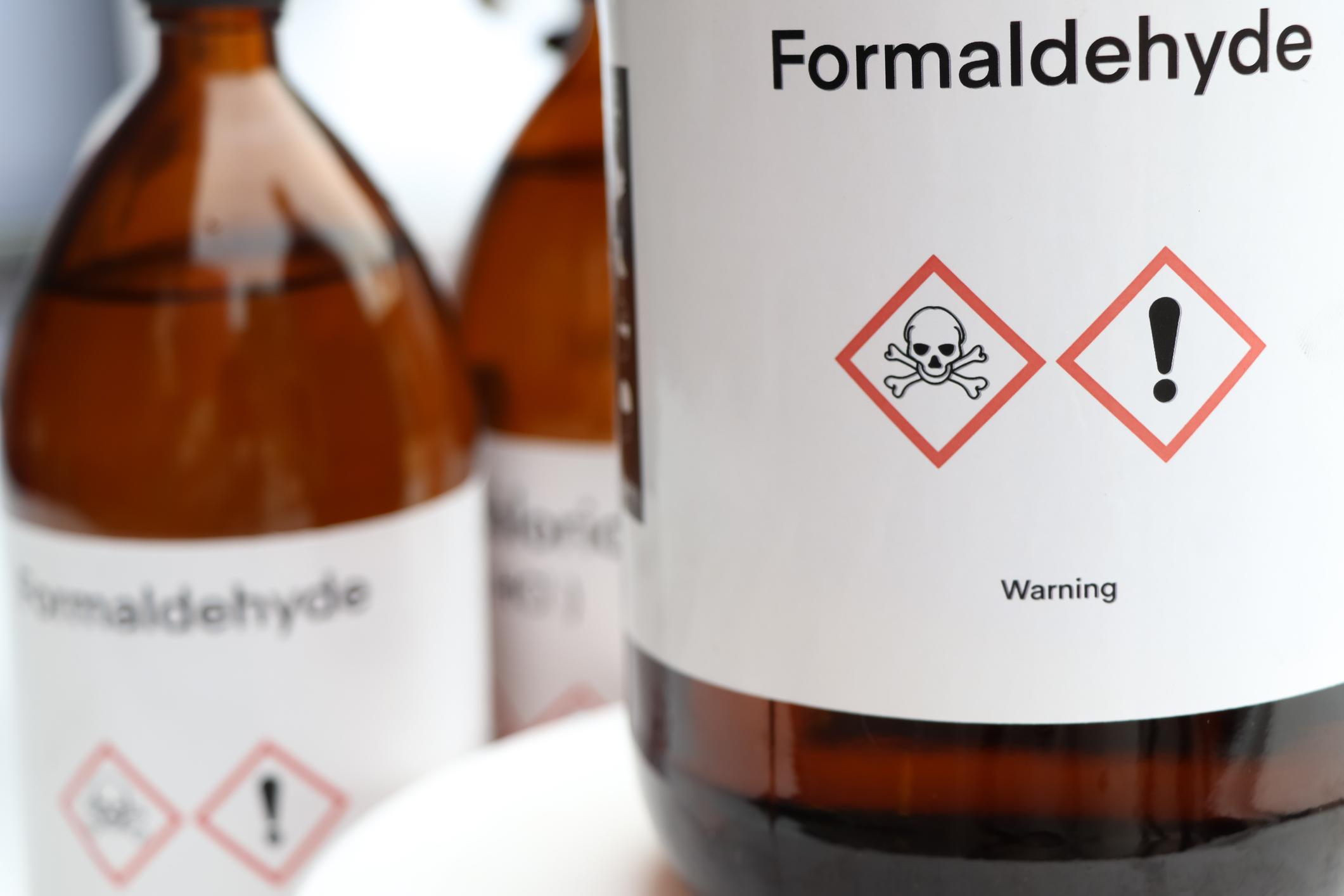The Food and Environment Agency is issuing a new warning on the health effects of bisphenol A, especially in pregnant women and their babies.

This time, it is a most serious warning on the exposure of pregnant women and their children to bisphenol A (BPA). At the end of three years of work, the National Agency for Food, Environmental and Occupational Health Safety (ANSES) publishes on April 9 the results of the assessment of the health risks associated with this endocrine disruptor. As in 2011, the ANSES opinion confirms the health risks of this chemical compound, in particular for pregnant women and the unborn child. But this opinion takes into account, for the first time, the estimate of the actual exposure of the population to bisphenol A through food, but also through inhalation (via ambient air) and through the skin (in contact with consumer products).
And according to the results, food contributes to more than 80% of the exposure of the population. The main sources of dietary exposure would be products packaged in cans (1) which represent approximately 50% of the total dietary exposure. The Agency has also identified the water distributed in polycarbonate cylinders as a significant source of exposure to BPA.
Concerning babies, the effects identified relate to a modification of the structure of the mammary gland in the unborn child which could promote the development of later breast cancer. The highlighting of these potential risks is nevertheless associated with a level of confidence qualified as “moderate” by the experts in view of the current state of knowledge and uncertainties, explains ANSES in a press release.
In addition, some professions would be more exposed than others: this is the case in particular for people who handle thermal paper containing BPA used for receipts, such as store cashiers.
Immediate measures
In this context, ANSES now recommends taking measures to reduce the exposure of women handling thermal papers containing bisphenol A or other compounds of the bisphenol family, in particular in the workplace. And, from a methodological point of view, the Agency recommends reviewing the relevance of the use of toxicological reference values such as the tolerable daily intake for substances for which the periods of vulnerability are not always known.
Following the previous ANSES opinion in September 2011 which already pointed out the risks associated with bisphenol A, the French Parliament voted on December 13, 2012 for a law banning this component considered toxic in food containers. Since January 1, 2013, the ban applies for those intended for babies and early 2015 for others. Will this time be enough to find other alternatives? ANSES has identified 73 of them, some already in use or others which are at the research stage. But the Agency’s conclusion is categorical: “no alternative stands out to be used to replace all uses of bisphenol A”.
(1) Sources of exposure
On average, food mainly contributes to exposure (84% for pregnant women). Regarding the main sources of food exposure and whatever the populations concerned, the expertise identifies three main categories:
The products packaged in cans1 which represent approximately 50% of the total dietary exposure and breaking down as follows: 35 to 45% for vegetables; 10 to 15% for mixed dishes and meat and fish products.
Some food of animal origin : around 17% for meats, offal and cold cuts, between 1 and 3% for seafood. A diffuse contamination whose origin is not identified which represents between 25 and 30% of the total dietary exposure.
.

















